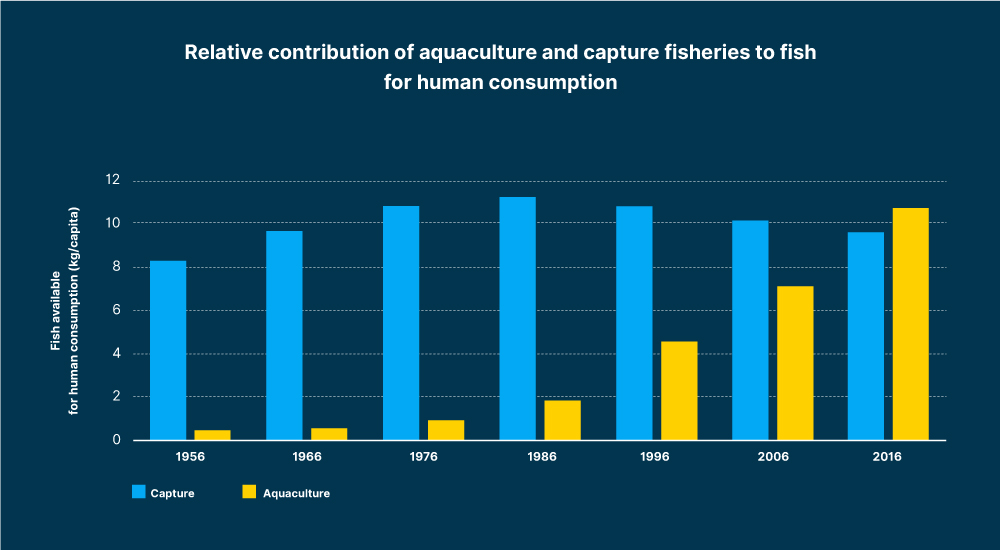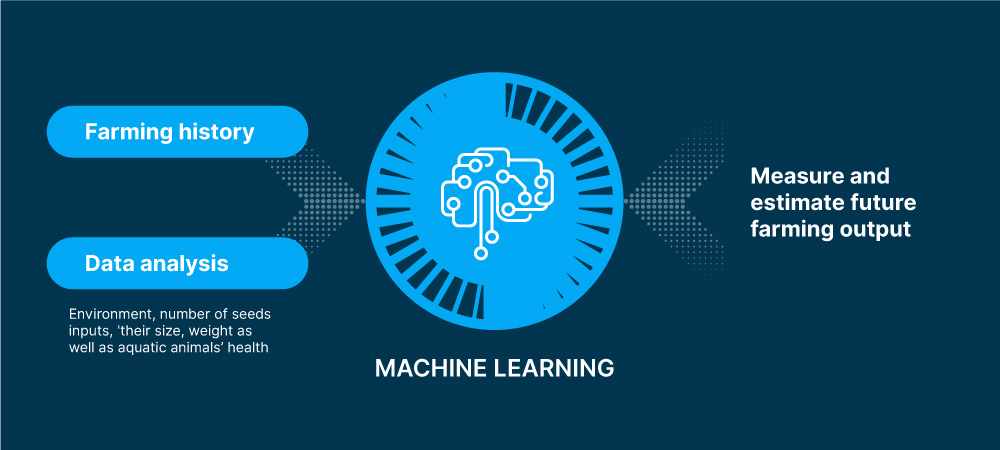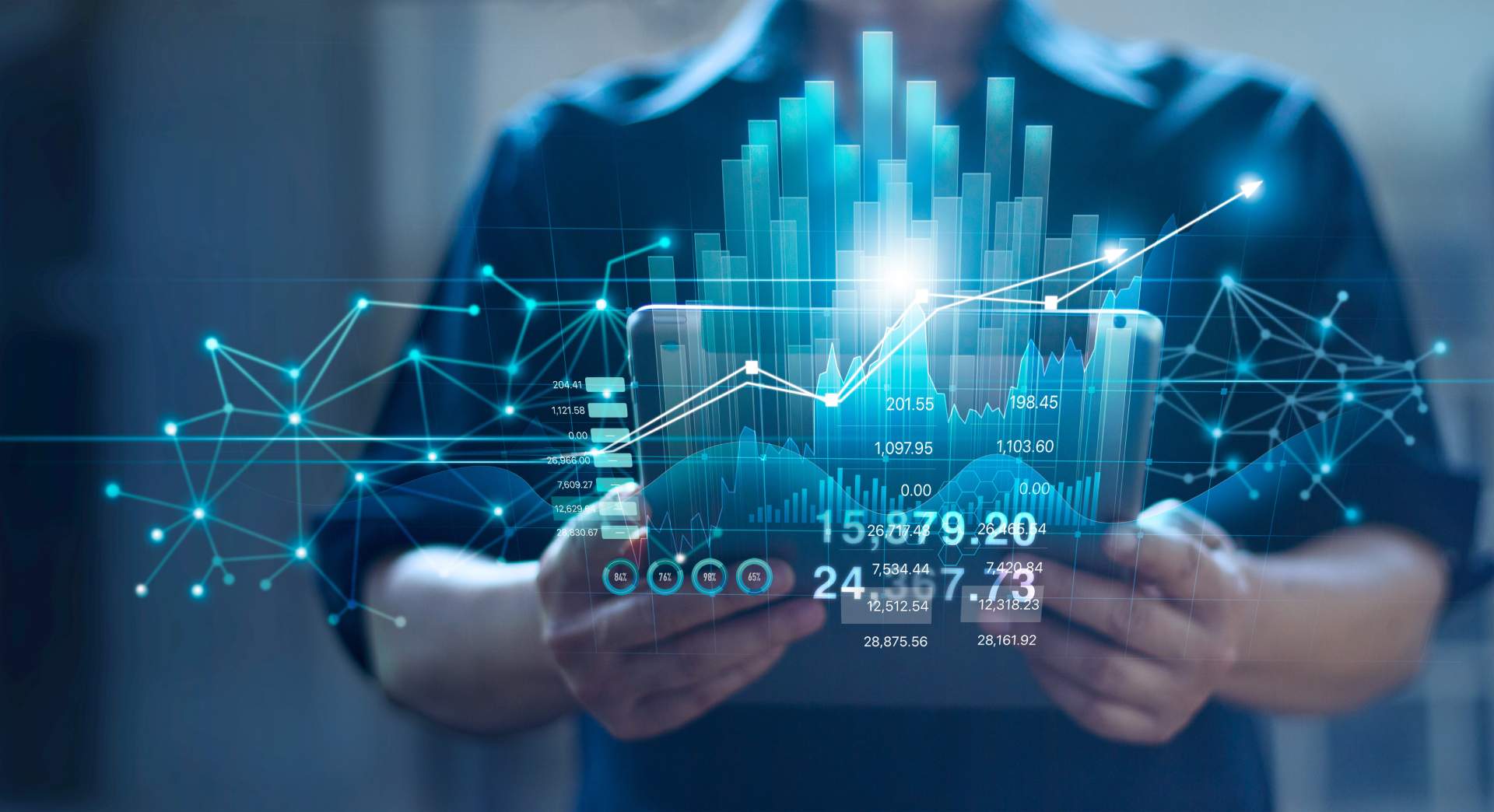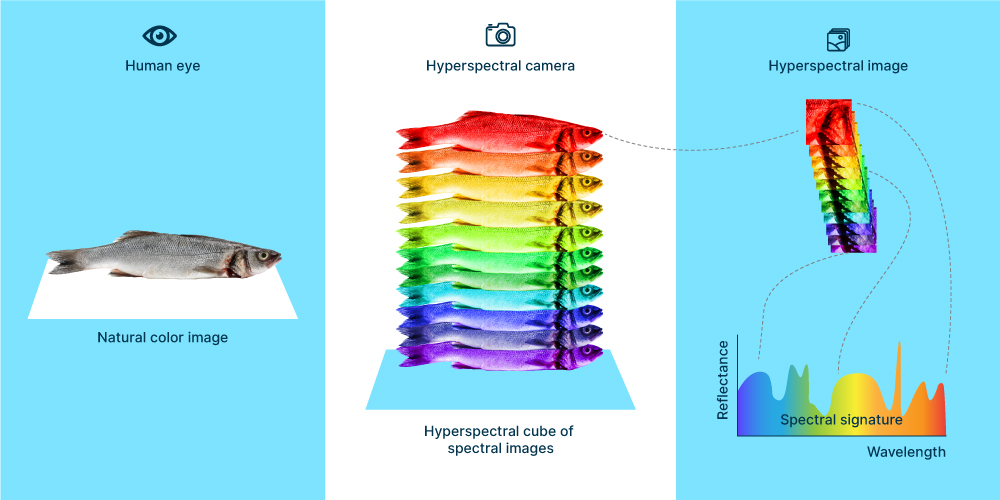Digital technologies such as data analysis or the Internet of Things bring new opportunities for the aquaculture industry
The demand for aquatic products has been increasing in recent years, therefore, the supply from natural fishing is no longer sufficient to meet consumers’ needs. Since the mid-1990s, the aquaculture industry tends to grow strongly, bringing a large source of income for aquaculture businesses.

However, the industry’s rapid growth has led to major environmental consequences such as the overuse of antibiotics for food protection or frauds in commercial transactions in the market. At FAO’s forums (Food and Agriculture Organization of the United Nations), the issue of sustainable development is the most frequently mentioned topic, especially for agricultural countries.
In agriculture industry, to develop sustainably, the presence of modern technology is indispensable. Technologies such as the Internet of Things (IoT), sensor devices, automation using robots, etc. contribute to providing reliable information that helps improving underwater creatures’ health. Additionally, technology will change the transactions process within the industry to become transparent and informative, bringing many benefits to businesses and consumers.
Currently, only a few businesses in the industry are applying technology in their business. However, in just a few more years, the following technology trends are prospects that are likely to disrupt the face of the industry.
1. Sensor device helps monitor and predict environmental change
The need to monitor and respond to the effects of environmental changes – such as water temperature, pH, acidity, etc. leads to the inventions of equipment and systems which can measure, store and analyze data. With such data, the managers gain an overview of real-time farming condition to take timely actions. These devices will automatically detect dispersal of algae, oil spills, over-proliferation of compounds, etc. and alert the regulators immediately.

In addition, based on farming history, analyses of environment and number of seeds inputs, size, weight as well as aquatic animals’ health, the system uses machine learning to measure and estimate future farming output, helping businesses in making the right business decisions and avoiding oversupply or shortage of supply.
In Japan, Umitron – a company specializing in supplying aquaculture equipment, has launched Umitron Cell, a machine that can automatically feed and control aquatic animals’ weight by sensor, monitored by camera 24h/7 days using solar energy and abled to connect to smartphones and desktops. Cell also uses artificial intelligence to calculate diets and inform farmers whether the animals are full or hungry.
2. Blockchain technology enables traceability from seeds to processed food
Blockchain acts as a ledger for storing and sharing information about transactions throughout the value chain. All activities are saved as a data block with time and information encrypted, while made available to all stakeholders within the value chain.
Since no single entity controls the blockchain, the information system is completely transparent and confidential. As a result, the aquaculture households, businesses which produce and process aquatic food can meet the requirements of certifying the origin and quality of products from importing countries
Not only in the relationship between businesses, blockchain also helps businesses create trust with consumers through the disclosure of all information about their value chains. This forces participants in the value chain to work towards sustainable production and development.

3. Drones help supervise offshore aquaculture
Drones have been widely used in agriculture to automatically seed and spray pesticides. In the aquaculture industry, drones are expected to be used in monitoring offshore ponds, both above and below water. Drones can replace a lot of human work such as diving to check the condition of the environment.
Apium Swam Robotics (Canada) has successfully researched and applied drones to test and analyze seawater environment through sensors. Blueye Pioneer (Norway) has launched a device to record and transmit live video underwater, which can be viewed via apps on smartphones and tablets.
4. IoT connects all devices for remote monitor
The IoT system used in aquaculture is built based on information collecting from remote sensor networks, meteorological stations, water quality control stations, on-site monitoring centers and processed on cloud platform.
Information from sensor and satellite devices measuring and monitoring will be uploaded to the cloud so that managers can track the farming process through devices such as smartwatches, smartphones or tablets.
Many farming monitoring systems such as iQShrimp (Cargill), Pondguard (Eruvaka), Aqua Spark (xPert Sea), etc. were invented based on IoT, machine learning and sensor devices.
5. Hyperspectral camera controls input/output quality

NIRS technology, near-infrared absorption spectroscopy is currently being researched and applied in quality control of some foods such as apples, bread, cereals, etc. This method of quality control is time-saving and does not invade the objects. NIRS devices will use spectral light to scan the samples, then give real-time information about the content of the substance, thereby helping to optimize product classification process.
In aquaculture, this technology is a prospect that would completely replace manual testing methods in the future.
Reference source
(*) FAO, 2018, The State of The World Fisheries and Aquaculture




